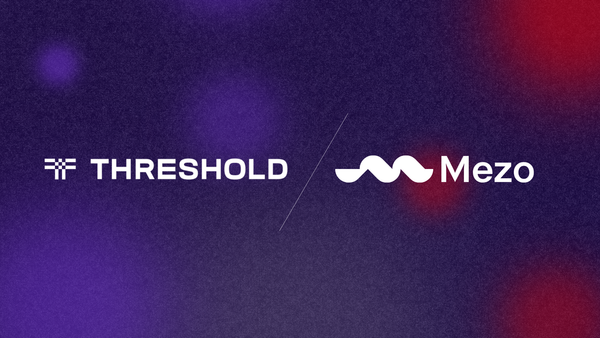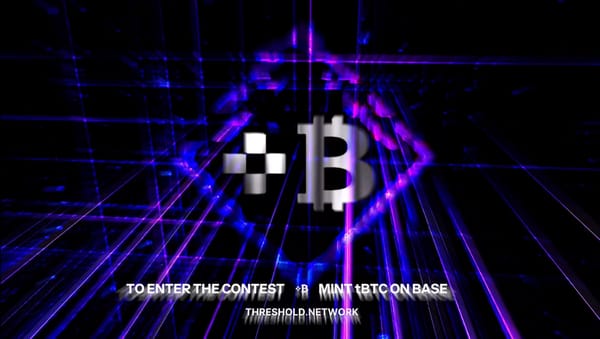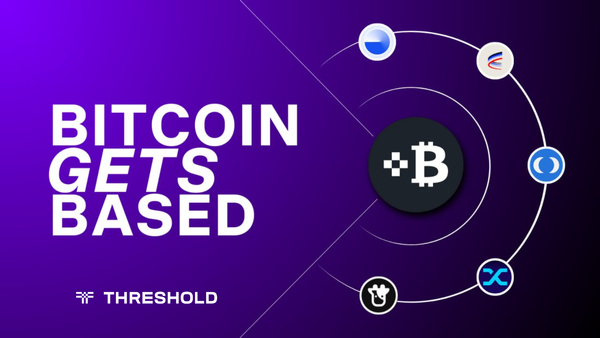Meet the Team: Sasha Tanase
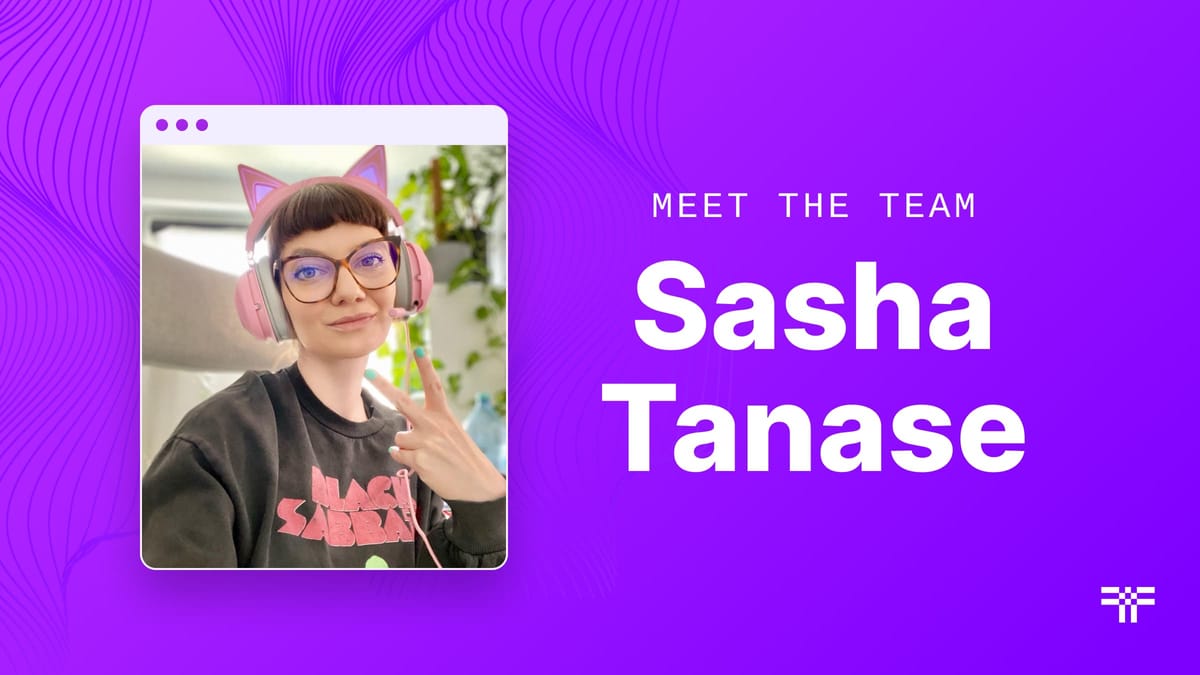
To supplement the bi-weekly email newsletter and give the Threshold Community greater insight into the talented and passionate people creating and supporting this groundbreaking technology, the Threshold Marketing Guild has begun a series of interviews with members of the Keep and NuCypher teams.
Not a member of the Threshold Discord yet? Be sure to head over to discord.gg/threshold and dive in!
Today we bring you a conversation with Sasha Tanase, Head of Design Research at Keep. Interview by John Packel, advisor to Keep and the Threshold Marketing Guild Committee.

Can you give us a short intro about yourself and your background?
So, I am from Bucharest, Romania. I actually have a Master’s in architecture and worked as an architect for one year. And then I realized I actually hated the profession because architects are very smug and they kind of have this perception in which their user, the client, doesn't know anything about their choices. So you actually have to imprint your ideas and your opinions, and whatever they want, it's bad.
And I didn't like that at all because you're basically designing for someone, but it's their home. And they're going to live their life there. So if I'm just doing something for the sake of aesthetics and it's not working, I'm basically torturing that poor person, you know. So I didn't like that. During my university I found something which was called “participative architecture”, in which one architect at some point went to the construction site, gathered everyone and asked them what they like, what they want. And then he actually designed based on his future users. And that for me was like, “We can do that!”
And then I shifted towards advertising. It was like, I was very young, so I went there. It was pretty cool. I actually do have some international prizes for the campaigns I've done. But I didn't like it at some point because it was, again, we were doing projects, we would launch them and afterwards nobody cared. So that was also something that really, really bothered me because you cannot just do the first part and then, go to sleep forever and forget about it, put it in a drawer.
So then I have shifted towards User Experience. And here I am here doing Web3 - finally something that I feel is not done half-assed.
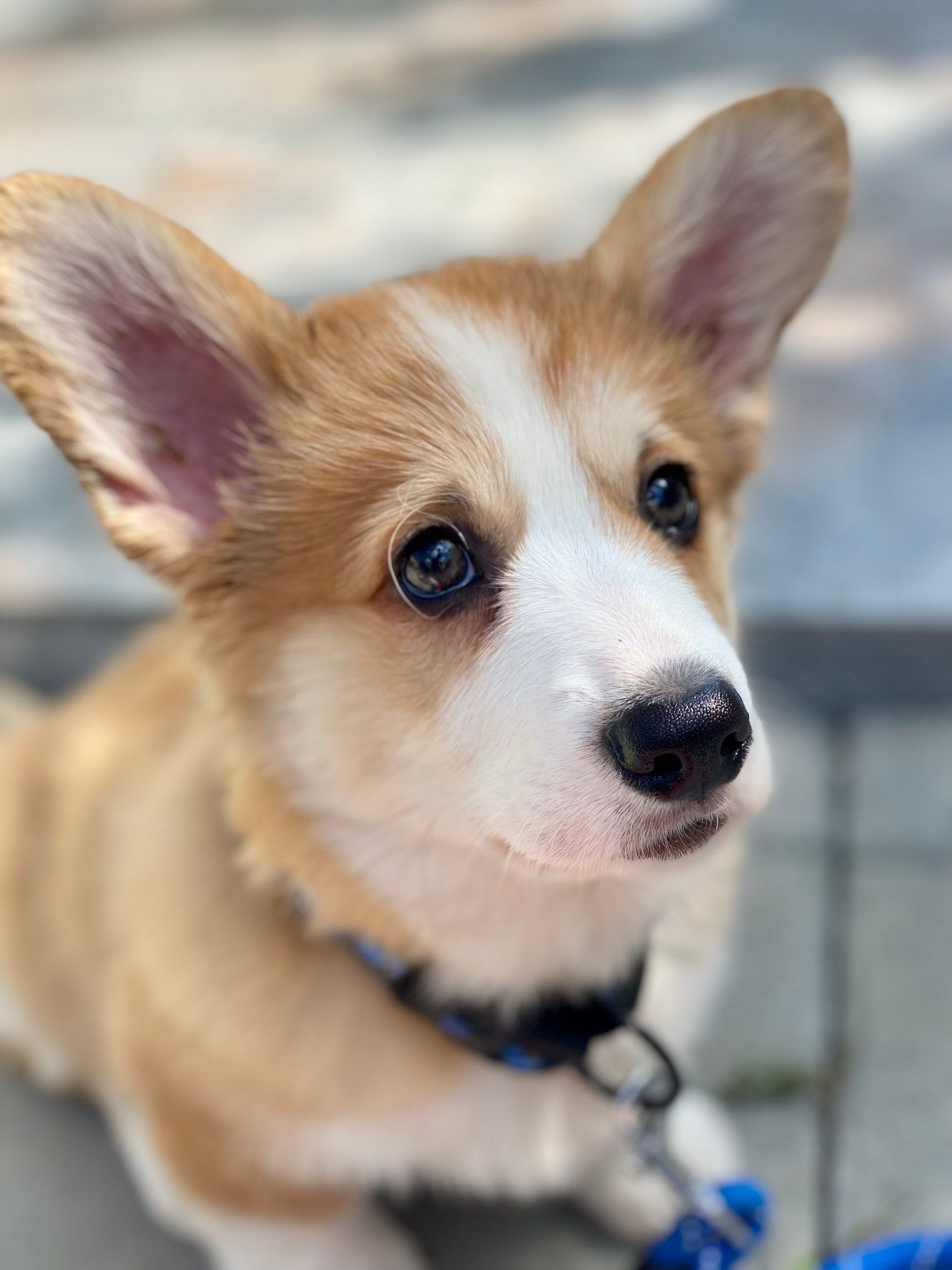
So did you work with Sarah Mills (former head of ConsenSys Design)?
Yes. Sarah is a great, great designer - and mother, because we were like her little children and she would always take care of us, make sure we are happy. And Alethio was one of the [ConsenSys] spokes which were very open towards design research. So I could do my research without necessarily, really battling to get hours for that.
When I was starting a company incubated at ConsenSys, Sarah strongly urged us to hire a full-time designer from day one, rather than try to have one catch up later.
This is a thing with what's happening in Web3. And I'm glad you brought that up with patching afterwards because doing design in Web3 is completely different than Web2. Because in Web2, you can just have a project and then if it's not okay, you can come back, redesign, patch it. Backend, frontend is super easy to work it out afterwards.
But in Web3, basically 70% of the UX is in the smart contract and decided before it gets to the designer. So the whole idea is to sit at the table for the design from the start. Otherwise you need to work to mitigate, but you'll never have a great, great product.
That’s a great point.
And you cannot update a smart contract. You cannot rewrite it. I mean, there are some smart contracts which are updatable - or there is this diamond type of smart contract, but I'm not sure if they are very secure or if all of the Solidity developers are open to this type of thing. So, Web3 is totally different from anything else.
That makes a lot of sense, that a smart contract is the essence of what the product's going to do, so figuring out from the start how might people make mistakes that lead to an exploit opportunity?
Sometimes you may have friction brought up because of the security features. Maybe the user experience is a bit harder on the user end, but in the end they are safe. So sometimes you have to pick your battles, right? You don't have to make everything super easy and sometimes it's even better if you have some friction. You want the user to become more and more attentive. You want them to understand that this is the time when you need to pay attention. It's not like signing up for an email account.
So, what are your primary responsibilities at Keep?
My primary responsibility is to be the voice of the user. I need to take complexities, turn them into palatable bits, and transform what this Threshold product is into something that is friendly and okay for the people who are going to use it. So basically I need to make sure that I understand very well whatever is happening there because I'm going to translate that into human language. I'm sort of a translator from them to human.
I do a lot of things like user flows, wireframes, the product, user research. You can't really make it 100% great from the start. There are a lot of things that you will never think of, and then you are looking at the user and realize, “Oh, OK; we didn't think of that. That's a blind spot. We need to go back to the drawing board and redo it.”
As well as things you might have thought about, but you can't necessarily put everything into the first version?
However much you will think about it, it will never be the same as observing an actual user, how they interact. And it's actually a thing in design research, there's some sort of a mantra and every designer should say, “You are not your user.” You should never design thinking of, “Oh, what would I do in this situation?” It's not for you. You need to be neutral at least as much as you can, because of course we are all biased.
I can imagine Threshold’s stakeholders being very glad this team is investing in design and design research.
Oh, yeah. Actually, Keep and Threshold are very open to design research and I'm very lucky to be with them. I really love this team because I don't have to fight for the right to design.
So turning to Threshold and the products, what are you personally most excited about in terms of Threshold Network?
Well, first of all, I'm super excited because - let me tell you about something, because it's really funny. Before joining Threshold, I was working for a self-sovereign identity wallet. We were doing notarization and the notarized documents would go on chain, but I was always pushing for making these things as NFTs, and then use cryptography like elliptic-curve cryptography, and there was always pushback.
And it's funny because now I'm working with the real ECDSA [Elliptic Curve Digital Signature Algorithm]. So I'm super, super excited about this product to be honest. But for me the most interesting part is the stakers’ experience. This is something that is always on my mind. And of course, tBTC v2 is an amazing feature. It's great. Being part of a product which is the first fully decentralized bridge, which links Bitcoin to Ethereum, this is historical.
I agree. We learned so much from version 1. There were things that were challenging, like the amount of collateral, the bonding required for security. But it got us to a certain point and then we’re bringing the learnings into v2.
Yep, and I mean, we have great protocol designers who have UX at heart, like Beau. So it's very important to know that from the start, someone is also thinking of the user.
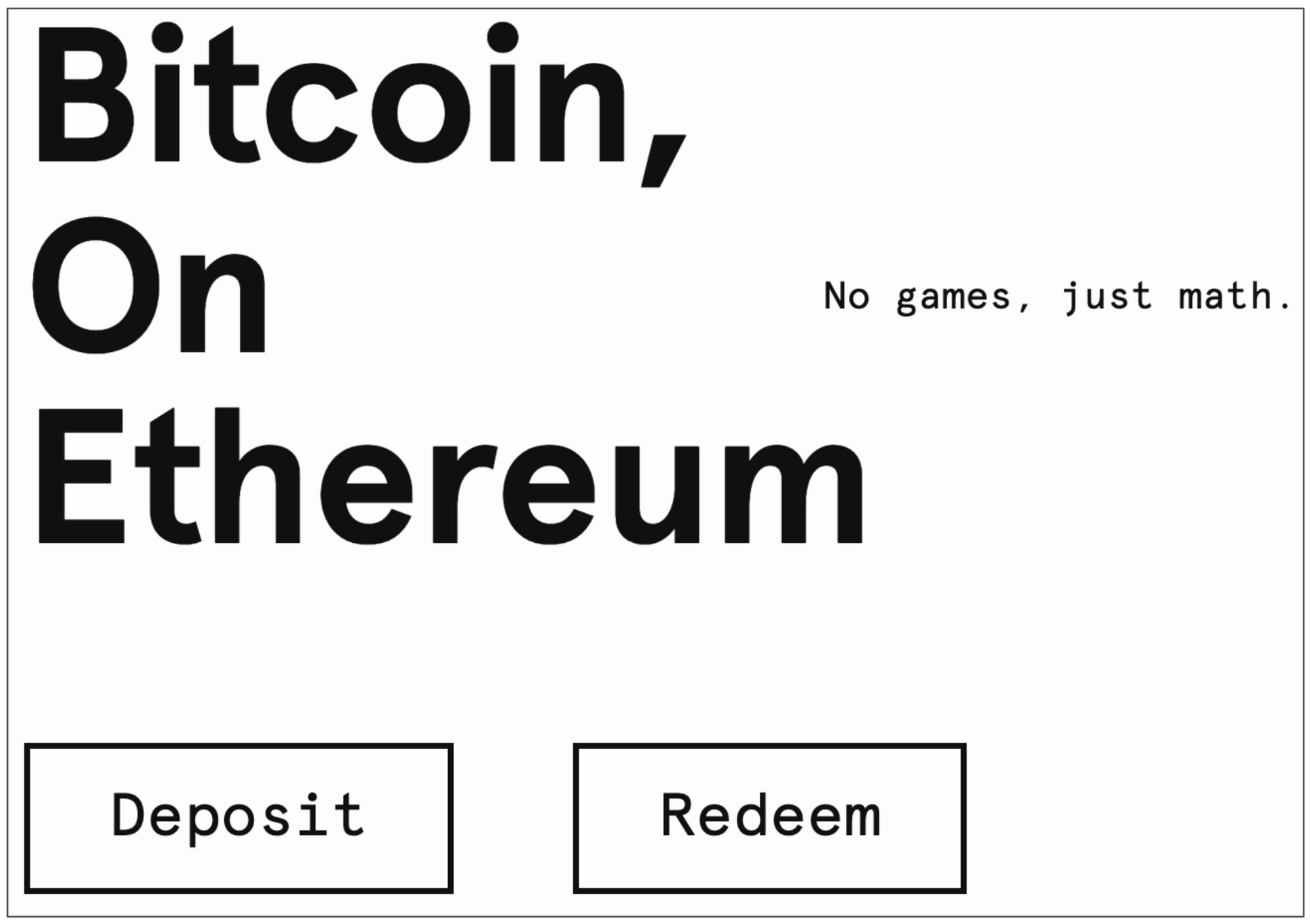
Can you tell me a little bit about what that entails?
It's super important to step out of your shoes and try to build empathy and think what would an actual user - a normal person - do when interacting with this. Because many times, you can just fall and start having a tunnel vision and you forget that somebody else from the outside doesn't have all of your details and it's not so easy to understand. So our team is really good, and Beau to be exact. I'm very happy every time I'm syncing with him; he tells me about tBTCv2, and I'm really, really enjoying all the time when he talks. He tells me, "And this is a great thing we've done for UX". For me, it's just like - yay, I'm so happy to hear that!
That's excellent. So what's a typical work day? You probably do a lot of different things?
It depends on the sprint, the moment in the project. So I can't really say I have a typical workday. I wake up, I'm super passionate with coffee, so I make my espresso - I froth the milk, I try to do some latte art. And then I check Jira because there I have all of my tasks. I check emails, I check the discord, and then I zone out and start working. So I have two, three hours in which nobody bothers me. In a way I'm quite lucky because I'm in the European timezone. So I can have some hours in which I just focus on work. And then calls - two, three hours of calls, maybe four. It depends.
Anything else you'd like to share with the community? Like fun facts or hobbies?
I'm super passionate about anime; I'm a big anime fan. I also like underground anime, independent anime. I'm also extremely passionate about coffee. So where I live, there is no very close coffee shop. So I had to turn into my own personal barista. I had to learn a lot.
I'm very passionate about Web3. My friends are working in Web3. They're either Solidity developers or they are security auditors. Some of them are NFT artists. So this is the bubble we live in, really. I dream Web3. And I'm going to get a Corgi puppy, so very excited about that.
Well, I'm glad you found your way to crypto and Web3; we definitely need a lot more people like you, people who are really excited by it.
I'm super happy that I got to see the evolution of design in Web3 from 2018 when it was quite bad. Like really bad. And now I see projects that are really, really well put together and they are investing in design and they understand that it's not only the layout with buttons and pretty colors, and that's it. So it's really nice to see this.
Are there any projects you think are doing a really good job with design?
Well, Uniswap has really a really, really good design team. Also, I like a lot the MATIC [Polygon] bridge. I really like the way they have worked. Their bridge is pretty nicely done. And of course Tally - not because I know them, but I really appreciate what they do.
Web3 is so vast, so nice. You never get bored. You always have to learn. Always have to keep your ears perked and learn. Even as a designer - you need to stay up to date with the tech, what's happening. “Oh, these are proxy contracts. This is a new thing. Maybe we can adopt it and adapt it to our product.”
So I really, really love what's happening. It's so effervescent. It makes you feel so alive whenever you are there. It's just like you get into a very bubbly life. So I really love it.
And if you want to feel stupid, you have to go to an Ethereum conference and sometimes you're like, oh my God, these people are so smart. It is so great things. Oh, and it's the best thing to feel stupid there.
I know what you mean. The coolest, most interesting, talented people are drawn to it.
It's really great. It's funny that now people are coming from AI, from the big corporates like Google - they're coming here! It is like Web3 has started to poach from everywhere. So this is something. You know we are doing something good, if so many people are coming towards Web3 when four years ago they wouldn't.



